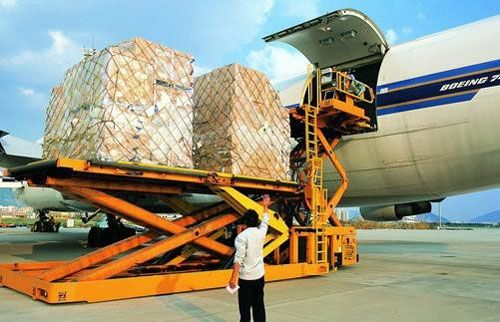Some basic knowledge about bulk shipping, international air freight, international express:
Bulk shipping, also known as bulk cargo LCL.
The bulk cargo in the sea generally refers to the general cargo, less than a box of bulk cargo that needs to be LCL (such as books, clothes, daily necessities and other things). Therefore, there is a big difference between bulk cargo and LCL Marine bulk cargo, and bulk cargo and bulk cargo in Marine LCL are two different concepts. The bulk cargo in LCL cannot be confused with bulk cargo. In fact, the bulk cargo in Marine LCL refers to a small amount of goods that cannot be filled with a whole box alone, and are packed together with the goods of other shippers to arrive at the destination.
LCL is classified according to the nature of the goods and the destination. Put the goods to the same destination into a full container and ship together.
Therefore, a container will have different owners of goods, and everyone will share the cost.
Therefore, bulk cargo also has the cost of the port of departure and the port of destination; The shipping terms can also be CIF/CNF/FOB/DDU/DDP, etc.
A 20GP small cabinet can normally hold 28 square, so if it is far less than this square number, such as several square, more than a dozen square may be many people will choose bulk LCL.
Bulk cargo is 1 square (unit: cubic meter), that is, less than 1 square should be calculated according to 1 square.
So, is it okay to be a square no matter what the weight is?
Generally, it is 1CBM:500KGS: it means that the upper limit of a square is 500KG, and as long as it does not exceed 500KG, it is counted as a square. More than 500KG, such as 1000KG, then even if your volume is one square, it should be calculated by 2 squares (however, there are some 1CBM:1000KGS).
International express
At present, international express is mainly: DHL, UPS, TNT, FedEX, EMS these.

Now more popular are international small bags, such as: China mail small bag.
The terms are usually sent directly to the customer (but the customer usually needs to pay the customs duty to the client).
We know that international express are transported by air, and the time is fast.
We all know that the cost of air transport is relatively high among common means of transportation. Therefore, the space of the aircraft is very important, in addition to the actual weight of the cargo, there is a very important indicator is: volume.
If the actual weight of the goods is small, but the volume is large, it will not be calculated according to the actual weight, but according to the volume (after all, your goods take up more space).
And how do you calculate the volume?
International express will calculate the volume weight according to the volume:
Volume weight = length * width * height *200 (unit: m) (can also be understood as: 1 square =200KG)
Therefore, according to the actual weight and volume weight of the goods, which value is larger, which data is taken.
For example:
The actual weight of a piece of goods is 10KG, the volume weight is 5KG, then the weight is 10KG.
The actual mass of a piece of goods is 2KG, the volume weight is 8KG, then the weight is 8KG.
Air freight
The difference between air freight and international express delivery is that express delivery is generally some small and light goods; Large cargo or heavy cargo should choose to use air, air transport is mainly airlines, such as: EK/EY/CX/TK/SA/CZ/CA/AA and so on.

Terms: To the destination airport or delivered to the door.
General air freight starting weight: 45KG and above.
The same is the value of the actual weight and volume of the goods.
But the volume and weight of air freight are somewhat different.
Air freight volume weight = length * width * height *167 (unit: m) (also can be understood as: a square =167KG)
(With these formulas, you no longer have to worry about whether it is routine, and you know to tell others the volume or volume weight.)
Customs clearance will be more complicated than express delivery, after all, the express clearance of these are all handled by the express company, do not need to worry about; Air freight many times may need to handle their own or find an agent to handle customs clearance, so air freight generally has customs clearance fees.
Whether it is international express or air freight, the greater the weight, the lower the cost per kilogram.
Do you know these three differences now?